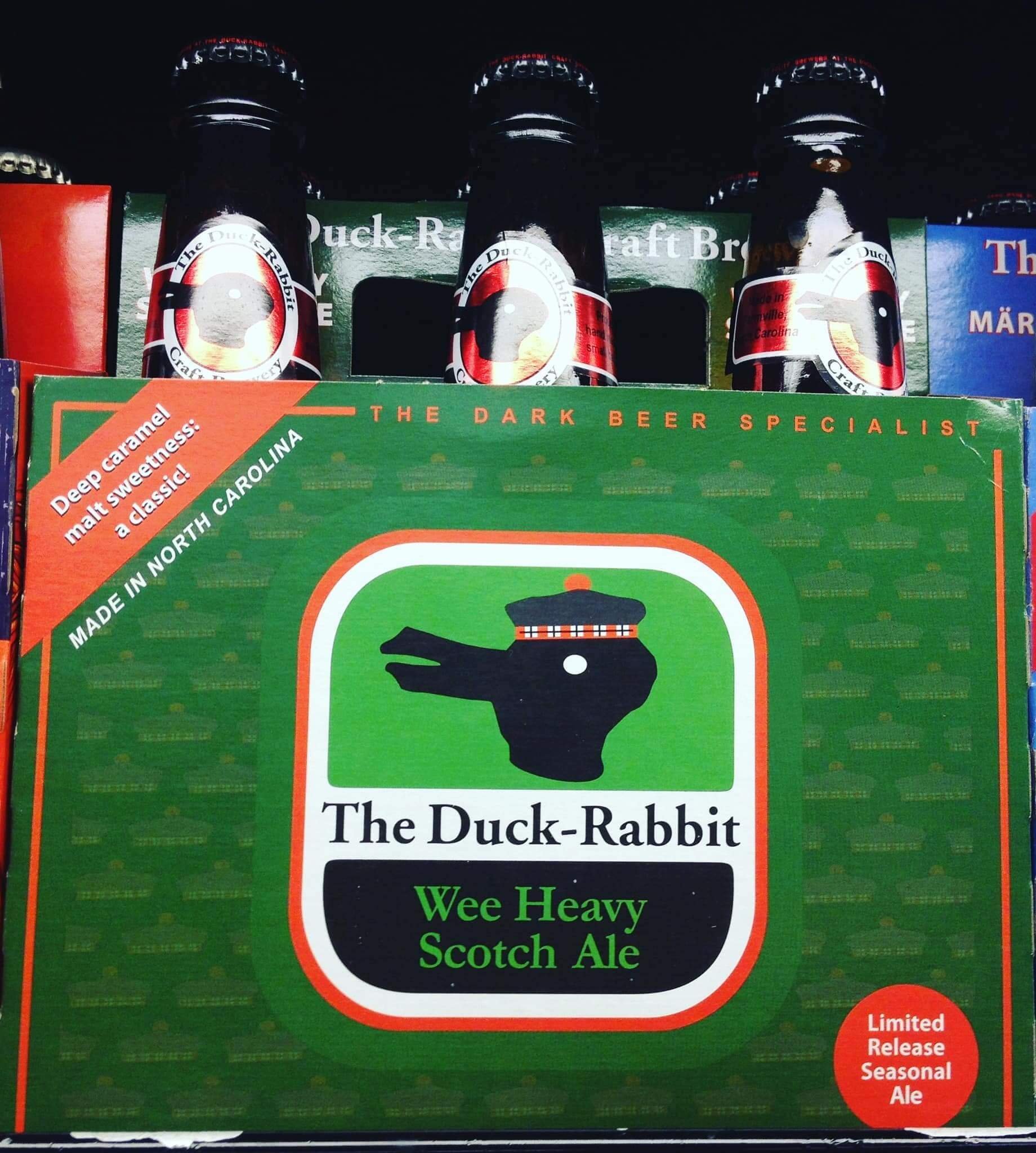Beer Style Guide: Get to Know Scotch Ale aka Wee Heavy with Em Sauter
Scotch ale/ Wee Heavy is an excellent winter option that’ll warm your bones. I highly recommend this style for short winter days, after snowball fights when cuddled up next to the fireplace (or any other comfy activity) as this may be the coziest beer ever.
We’ve already discussed Scottish ales but what is a Scotch ale also known as a “wee heavy.”
What is Wee Heavy?
Essentially, this beer style can be the strong or “imperial” version of Scottish ales (although mid range 6% or so ABV versions exist in Scotland). These beers are also known by their shilling designation (see previous column for explanation). Scotch ales are descended from a style of beer from Edinburgh and the surrounding towns. In the 19th century, these places had some of the most advanced brewing facilities in the world. In modern times now, Scotch ale is similar to British strong ales in alcohol strength. In Randy Mosher’s excellent beer book “Tasting Beer,” Mosher explains that wee heavy is essentially a dark, malty, caramel forward barleywine and I’m inclined to agree.
How is Wee Heavy Made?
What differentiates the British from Scottish beers is ingredients, the yeast strain and (sometimes) fermentation temperature. Scotch and Scottish ales use their own yeast strain and can ferment their beers slightly cooler than their neighbors to the south - around 60F or so (the typical ale fermentation temperatures of 68-70F). This can make the beer less estery (fruity) and feel cleaner on the palate. These beers do still have fruity flavors but they mostly come from the malt. The wee heavy doesn’t need to be fermented colder though as the brilliant beer historian Ron Pattison discusses in his book “Scotland!” as Scottish brewer William Younger fermented their Scottish ales in the 19th century at regular ale temperatures (even sometimes warmer!). Pattison’s website is a treasure trove if you want to get geeky with all things beer history as he is one of the only people I trust in the beer industry to tell the truth and actually have the receipts to back up his claims.
Scotch ales have come to be identified by their alcohol level, aroma and flavor. The beer is brewed usually with pale malt plus perhaps crystal and chocolate malt and maybe even some sugar, wheat or corn. Many people (namely Americans) associate Scotch ales with peat flavor/aroma similar to the liquor but that is not traditional at all for this style. Flavors and aromas are dark dried fruit such as raisins, caramel, toffee, graham cracker, dark toast, and a hint of roastiness. The flavor usually comes wholly from the malt but there can be some yeast esters as well. The caramel notes do not come from a long boil, which is another myth about this style. So many beer myths, it’s hard to keep up!
Wee Heavy Pairings
Scotch ales are awesome with foods as the beer style is hearty and sweet so pairing them with salty and savory dishes is a delight. Roasted items like root veggies, chicken or turkey are lovely with Scotch ales. The caramel and dark fruit flavors add a pleasing contrast. Drinking this while eating desserts like cheesecake will add the caramel aspect you are seeking.
Beers to Try
Oskar Blues Old Chub
One of the first American breweries to can a year round option of Scotch ale, old chub is warming and rich. A great food beer and easy to find.
Obviously you need to try a traditional wee heavy from its homeland and Orkney makes a four pack that is available in parts of the U.S. At 8.5% a bottle, it’s great to open while dining or sitting in front of the fire on a chilly, wind-swept evening.
The dark beer specialists of Duck Rabbit obviously make a Scotch ale and you know it’ll be good when they are brewing anything. Seek this out if you live in the Southern U.S. during late autumn.




